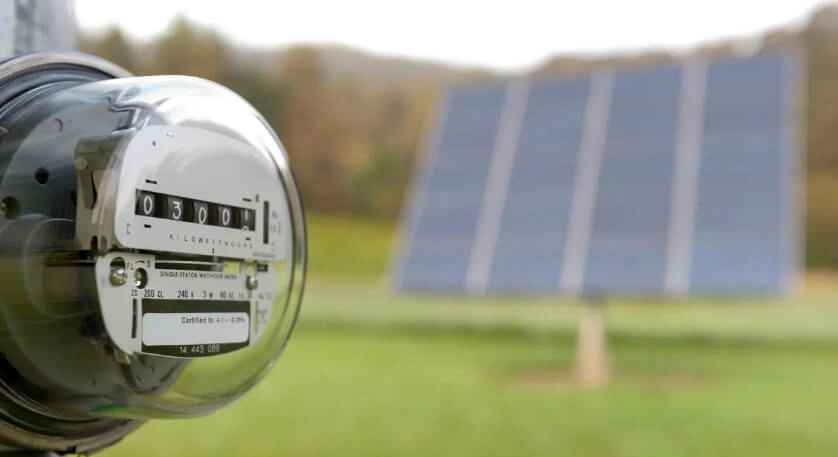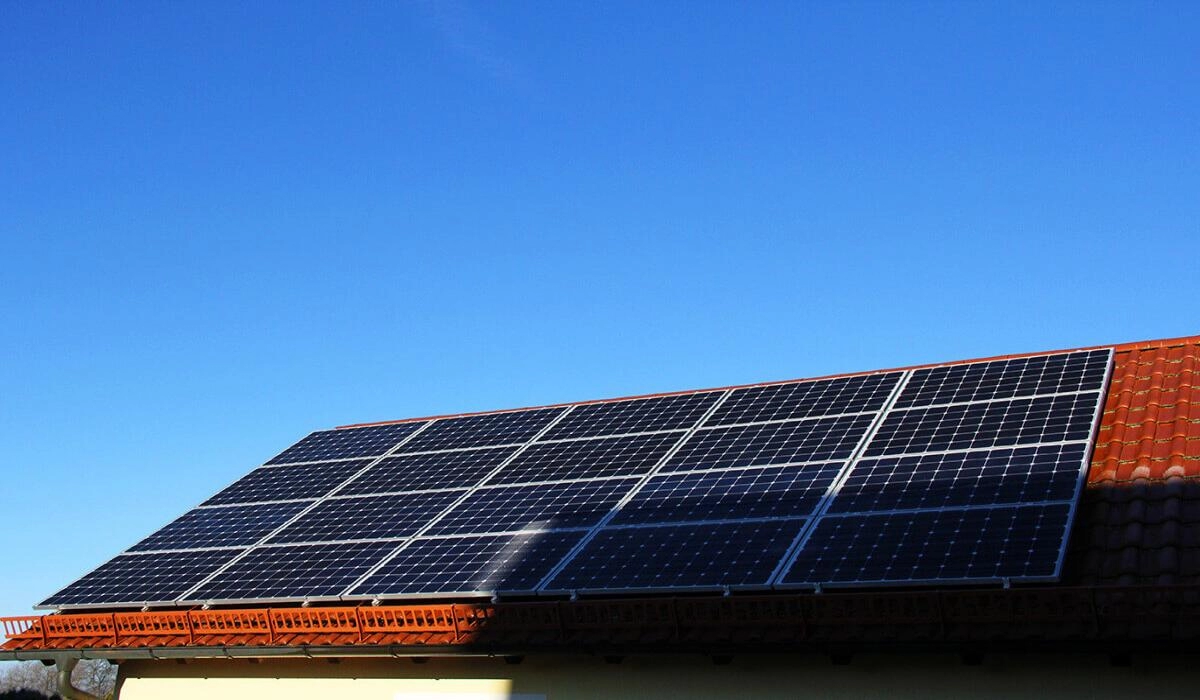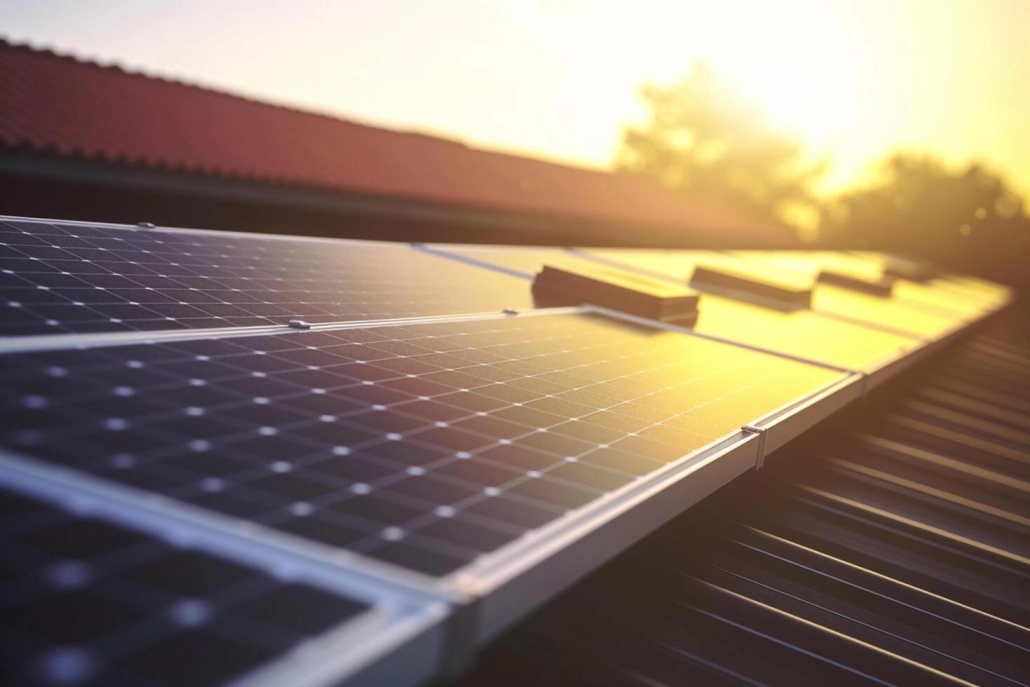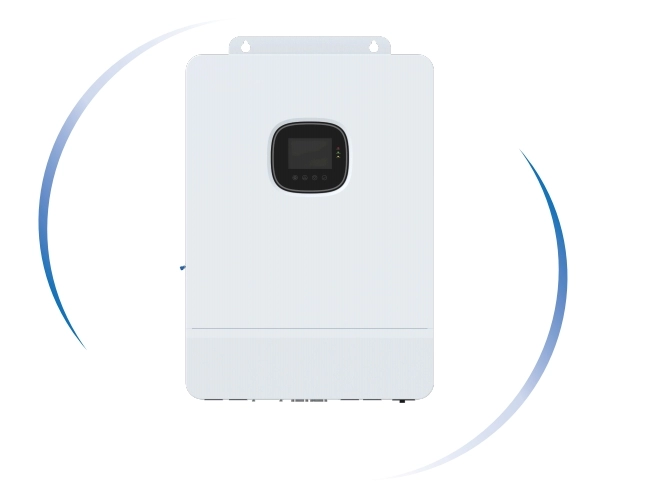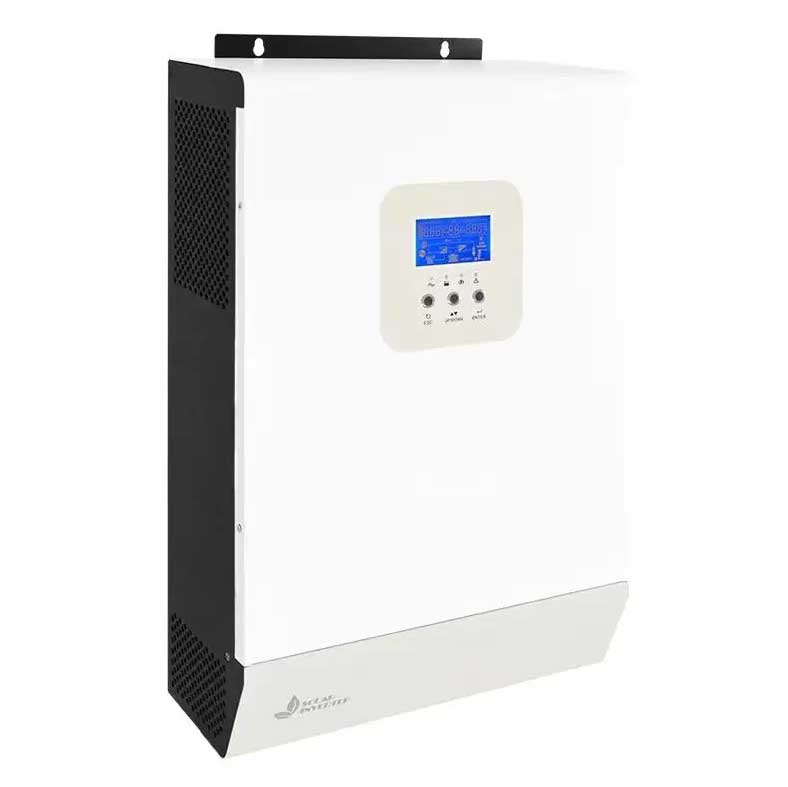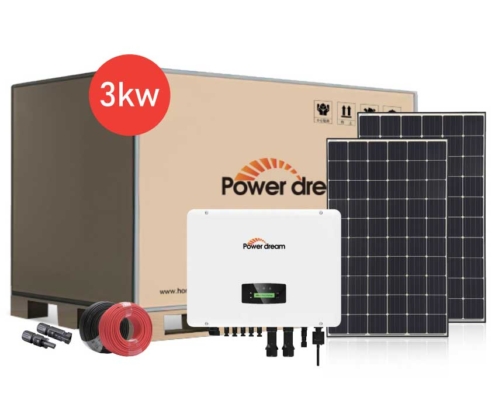How to choose a on grid solar system for high humidity areas?
We begin by assessing site-specific humidity levels, rainfall patterns, and environments with high salt content. Next, our engineering team integrates specialized components into the design of each solar on grid system. By combining rigorous environmental analysis and targeted component selection, we ensure that your on grid solar system will deliver reliable and efficient performance year after year, even in conditions of 90% relative humidity and frequent rainstorms.
In addition, we go beyond hardware and conduct site audits, identify microclimates, monitor ambient humidity with on-site sensors, and recommend tailored maintenance plans. For example, coastal facilities near saltwater areas require additional anti-salt spray coatings and sacrificial anodes on metal structures. Inland tropical regions, by contrast, face severe fungal growth, which can affect the output of components. Therefore, hydrophobic glass coatings and automatic irrigation systems are included in on grid solar system solutions to minimize contamination.
Weather-resistant PV modules in on grid solar system
The on grid solar system modules we select have all passed extended damp heat testing and meet IEC 61215 and IEC 61730 standards, demonstrating excellent resistance to wet heat stratification and corrosion. Additionally, hydrophobic anti-reflective glass coatings are utilized in on grid solar systems to repel water, inhibit algae growth, and facilitate self-cleaning during heavy rainfall. For coastal areas, we offer assemblies with marine-grade anodized frames and stainless steel mounting hardware to resist salt spray and rust.
In addition, we also provide redundant battery interconnection schemes, such as half-cut batteries with five to nine busbars, to ensure that microcracks or moisture intrusion will not significantly reduce the output power. These advanced battery architectures can distribute current more evenly, thereby improving reliability under thermal cycling and high humidity conditions.

IP-rated inverters and electronics
To protect power conversion equipment from moisture and improve the stability of on grid solar systems, we use string and central inverters with IP65 or higher protection levels to seal sensitive electronic components and prevent water jets, dust and insects. In addition, we specify PCBs with conformal coatings within the inverter chassis to prevent short circuits caused by condensation. For larger installations, hybrid inverters integrate surge protection on both the DC and AC sides. We equip them with industrial-grade metal oxide varistors (MOVs) and gas discharge tubes (GDTs) and test these components for high humidity stress. We also install stainless steel ventilation shutters on the inverter cabinets to prevent water from entering directly when dissipating heat. In addition, these cabinets are installed on elevated tilted bases to avoid water accumulation during heavy rain or flooding.
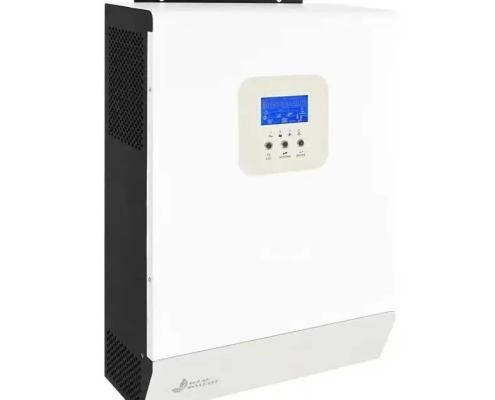
Balance of System Components in an On-Grid Solar System
In addition to the modules and inverters, the balance of system (BOS) components in on grid solar systems are also selected. These include UV-resistant, double-insulated solar cables with cross-linked polyethylene (XLPE) outer sheaths, which resist water absorption and microbial attack. We equip these cables with IP68-rated MC4 EVO2 connectors, which utilize EPDM sealing gaskets to maintain a waterproof interface even under continuous submersion. For junction boxes and combiner boxes, we specify polycarbonate or glass-reinforced nylon enclosures that exceed UL 94 V-0 flame retardancy ratings and are less likely to yellow or become brittle in humid environments. Engineers make all fasteners from 316 stainless steel or Grade A zinc-nickel alloy to suit chloride-rich environments. Where applicable, they apply dielectric grease inside the connector body to prevent further moisture intrusion.
Engineered Mounting Structures for Humid Climates
When designing on grid solar systems for humid locations, we consider environments with high humidity and high salt air. Our team simulates wind and rain, salt deposition rates, and temperature gradients to design the appropriate mounting system. For pitched roof installations, we use aluminum rails with thick anodized or fluoropolymer powder coatings to resist blistering and corrosion for decades. For flat commercial roofs, we utilize ballasted systems featuring stainless steel ballast trays and EPDM interface pads to prevent membrane damage and moisture retention. When doing large ground-mounted arrays, we use pile or screw-anchor foundations that provide ten years of protection from soil moisture. Additionally, designers employ a drip edge and tilted rail design to divert water away from the back of the module, thereby reducing moisture retention.
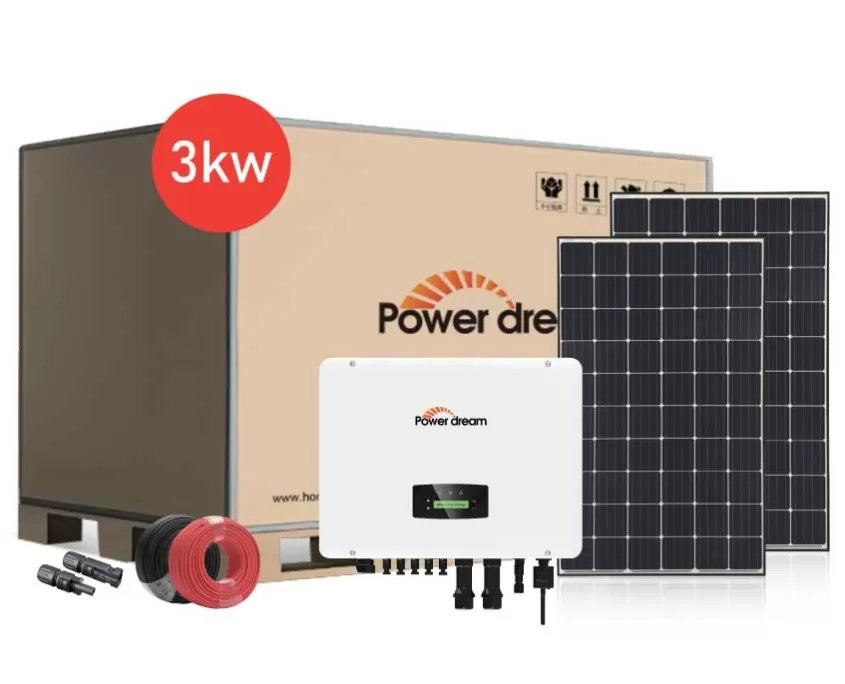
Proactive maintenance and real-time monitoring
In humid environments, we recommend conducting a semi-annual on-site inspection, which includes visual inspection, ultrasonic bolt torque inspection, and infrared thermal imaging inspection, to detect hot spots in connectors and busbars. At the same time, you can use a low-wear deionized water sprayer to remove mold or pollen without damaging the hydrophobic coating. Remote monitoring allows BARANA’s support engineers to analyze environmental sensor data to fine-tune system parameters. This intelligent integration of maintenance best practices and real-time diagnostics ensures that grid-connected solar systems continue to operate at optimal efficiency and safety, even in the wettest locations.
Bringing grid-connected system solutions to high-humidity areas
When deploying durable, high-performance on grid solar systems in high-humidity areas, we utilize panels that have undergone extensive testing and feature moisture-proof coatings, IP-rated inverters, and anodized aluminum rails, drip edges, and other engineered components. And carry out proactive maintenance and real-time monitoring to confidently use solar on grid systems in humid climates.

